Serger VS Sewing Machine | What’s the Difference a Complete Guide
Even if you are not a professional level sewer, somewhere in your sewing journey you might have questioned; What is a serger? Why would anyone need that? What’s the difference between a serger and a sewing machine?
Since both are often confused with each other, it is really important to get a clear comparison between the two. A serger and a sewing machine can not replace, instead, both of them complement each other. They are similar in some ways while different in others. Here is a deep dive to know what purpose serger and sewing machine fulfil.
What is a Serger Used for?
A serger is often called an overlock machine. It is a special type of sewing machine designed to do multiple functions at the same time i.e. trim, stitch and overcast. The serger encloses the seam allowance wisedth an overlock stitch, normally created with 3 or 4 different threads. This will prevent the fabric from fraying.
A serger eliminates all the unnecessary tasks a sewing machine cannot take care of. It is quicker and easier and gives better stitch i.e. stronger and more durable. Think of hemming the bottom of the pants. Without a serger, you will have to make the cuts with a rotary blade.
After that, to prevent fraying, fold the seam allowance over and over again and zig-zag the bottom. Then you will straight stitch the hem of the pants. However, with a serger, all you need to do is serge the bottom and topstitch. Simple. Also, it is better to use a serger if you are working with knit or stretch fabrics. This gives a professional-looking performance.
What is a Sewing Machine Used for?
A sewing machine is also known as a lockstitch machine. It is a machine that sews or stitches cloth with a mechanically driven needle. You can sew together multiple layers of fabric in a basic, manual way or you can go for the high-tech, computerized sewing machines.
The basic mechanism in a sewing machine is that a top-thread and a bottom-thread loop and lock together. This creates secure stitches. A basic sewing machine covers at least the very basic stitches including straight, zigzag, chain and some other decorative stitches. The stitch options in a sewing machine are mainly design-focused. A sewing machine can only do a mock overlock but the edges won’t look as neat as a serger overlock stitch.
Key Differences Between Serger VS Sewing Machine
Although many people lump serger and sewing machine in the same category, both are two very different machines. They are similar somehow but not interchangeable.
- At first glance, you can say that both are built differently. This means that they are very different visually. A sewing machine consists of a single thread source while a serger consists of multiple threads to give strong and stretchy seams.
- Another difference is that sergers have loopers to form a serged stitch. While sewing machines have bobbins to create the required stitch. Loopers are used to position threads. At the end of each looper, there are eyes through which the thread passes. These are basically metal rods shaped like fingers. The upper looper creates a thread loop while going over the fabric and the lower loop catches the thread while passing under the fabric.
- A serger comes with a knife cutting blade to cut the fabric and seam allowance. All of this trimming happens before the needle forms a stitch. At the same time, a sewing machine does feature such a knife and you have to pre-cut the fabric.
- A serger uses 3 or 4 threads and works at a high speed to create a locked stitch. This makes sure the stitches are secured and do not unbind. A sewing machine uses only one thread or two in the case of a double needle.
- The threads used in both of them are of different quality. A serger thread is specifically made thinner than a standard thread used in a sewing machine.
- On a serger machine, you cannot turn your fabric either way. Mostly it is kept on the left side of the needle to keep serging. This is not the case in sewing machines. You can even squeeze the fabric on either side of the needles.
- Some other differences between the both are the slow speed of sewing machines as compared to serger machines. The neck of the sewing machine is typically longer than the neck of the serger.
Reasons You Should Buy a Serger
Serging is the ultimate sewing want for those who want to upgrade their skills. This is why you should buy a serger. It allows you to do many things a standard sewing machine does not. Following are some of the reasons you should buy a serger:
-
Differential feed flattens the edges
The differential feed in a serger means there are split feed dogs. These feed dogs have an adjustable speed ratio which compensates for stretch fabrics. A serger with differential feed handles fabrics that pucker easily. It also smoothly gather lightweight and delicate fabric. All you need is to adjust the stitch length to the highest setting, adjust the needle tension to the highest and sew at a medium speed.
-
Sewing knit fabric in a breeze
The differential feed also helps sew the knit fabric in a breeze. While keeping the fabric from overstretching, it feeds in the fabric consistently. I have tried sewing knit fabrics without a walking foot and that is why I know why a serger is important.
-
Secures and finishes seams at the same time
A serger is mainly known for trimming, sewing and securing the seams at the same time. All the seams appear to have clean and professional edges. Contrary to a standard sewing machine, sergers use 3 or 4 threads to make the seams stronger.
-
Professional and stunning decorative edges
While overcasting the raw edges, sergers have the potential to give it a decorative finish as well. You can create anything with a serger since there are great options to work with. Some of them are using metallic threads, embroidery threads and “non-needle” threads. You can mix and match different colours and fibre content of the thread and create light and airy edges. You can also add colour and shine to your garments. The possibilities are unlimited.
-
Creates perfect and beautiful rolled hems
Creating a rolled hem with sergers is a piece of cake. Remove the stitch finger and make the recommended settings according to the manual. The fabric which can be for a napkin, scarf or bridal veil rolls around the pin. It is then encased in the thread and you get beautiful hems in a snap. To create a decorative effect, use a contrasting thread or go for a matching thread to create invisible edges. This is especially helpful if you’re sewing delicate fabrics.
FAQs
Do I need a serger/overlocker?
First and foremost, a serger is a helpful and ideal way to finish raw edges. It is not necessary to sew the seams with a serger. But here’s the thing – a serger is something you won’t regret investing in. Also, it will let you add experience in different techniques and designs.
You cannot properly sew the seams with a serger. The best and proper way is to do it with a sewing machine first and then secure the seams with a serger.
Can you use regular sewing machine needles in a serger?
A regular sewing machine and a serger can use the same needles for sewing. But there are some companies that prefer designing special style needles for the sergers they manufacture. The right needle fits perfectly into the place.
The special serger needles come with a short groove on the front and the back. The standard sewing needles have a smooth shaft.
Is a serger better than a sewing machine?
Yes, a serger can be better than a sewing machine in some ways. A serger makes strong and durable seams that last for years without any fraying. It also gives a more professional look to the stitches. With serging the seams, there is a chance of getting torn or broken stitches while laundering.
But we must not forget that sergers and sewing machines are not interchangeable. All a serger does is complement the functioning of a sewing machine, not replace it.
What can I make with an overlocker?
You can create a bunch of different projects with an overlocker or a serger. Some of them are swimwear, napkins, adding a ruffle to the pillow shams, t-shirts, table runners. You can also finish hems, decorate garments with different trims and flowers.
Wrapping Up!
Although you do not have to have a serger machine, it is a great addition to your sewing collection. When you are on a sewing expedition, it is important to experiment with designs with different tools. Hence, a sewing machine and a serger, both, must be necessary parts of a designer’s life.
There is a learning curve to serger for beginners but it is also easier to get hold of it after a few uses. If you are not sure about which serger to buy, look for the best serger sewing machine according to your budget and needs.

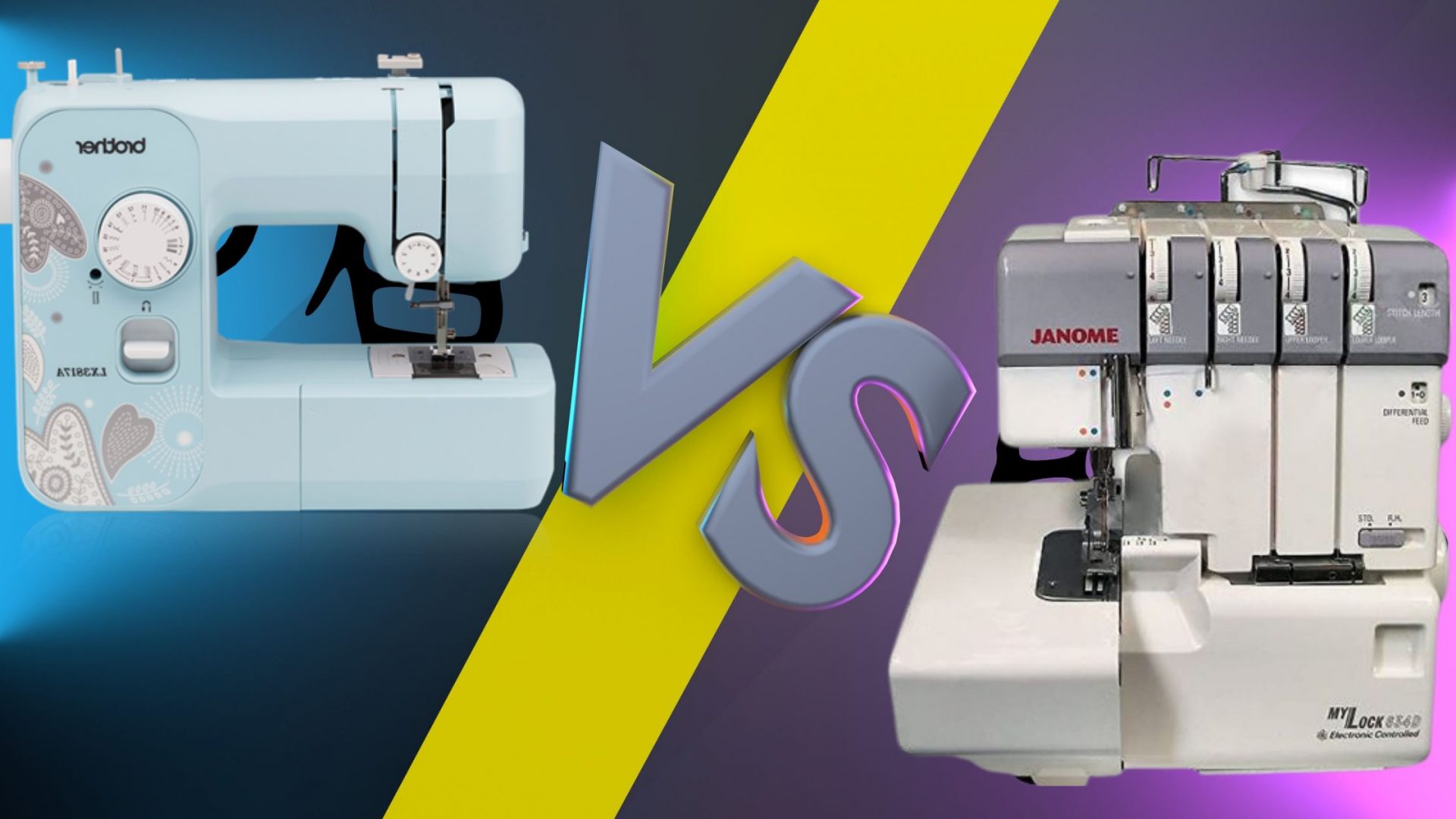
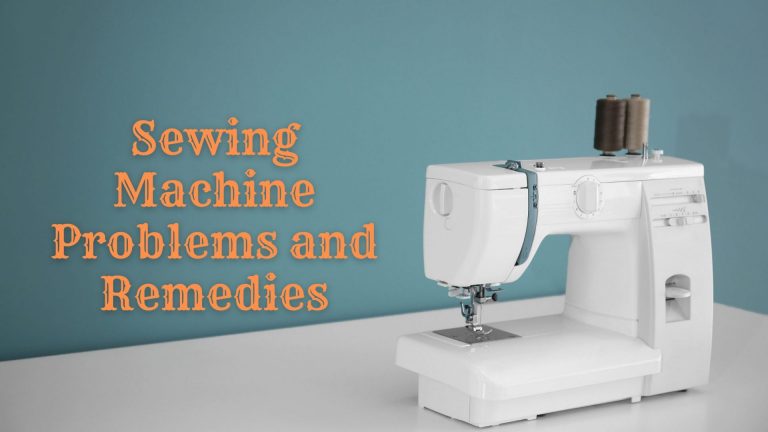
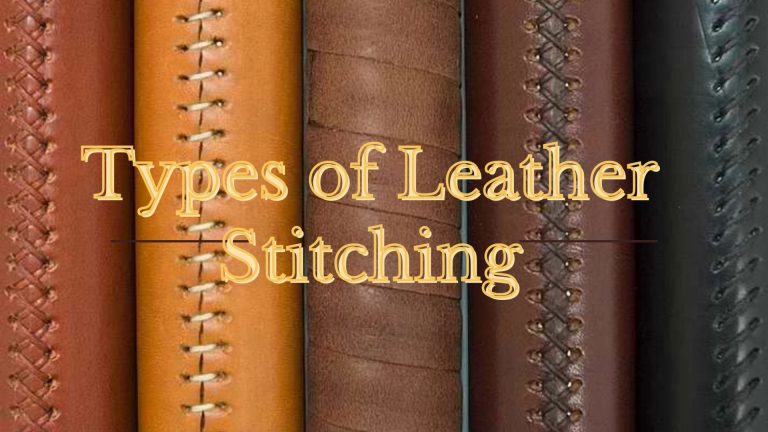
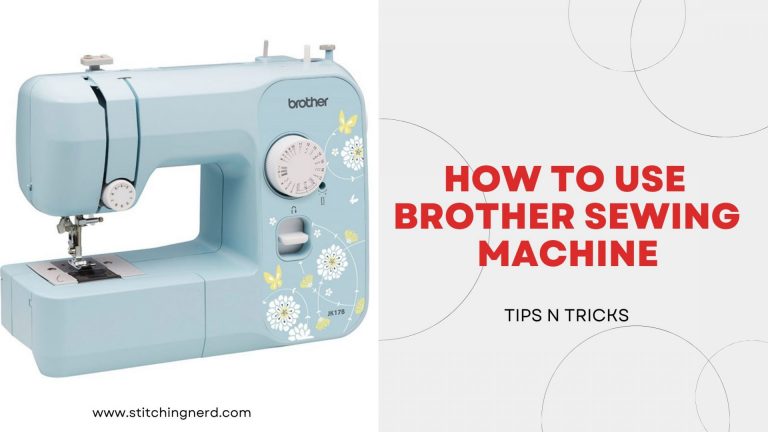
![How to Use a Handheld Sewing Machine [Expert’s Tips and Guide]](https://stitchingnerd.com/wp-content/uploads/2021/10/How-to-Use-a-Handheld-Sewing-Machine-768x432.jpg)
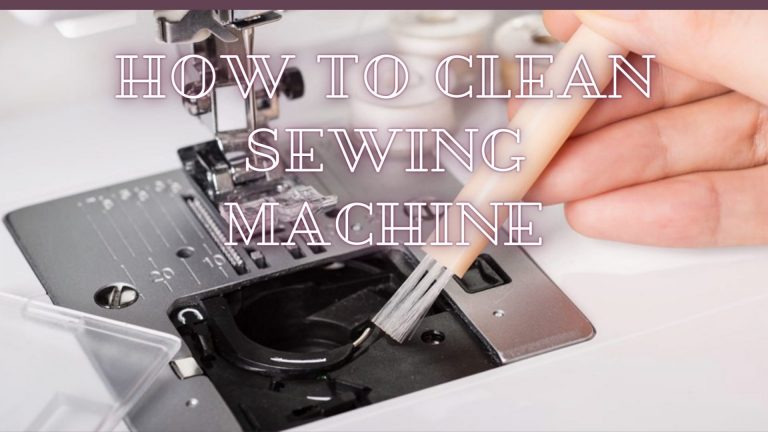
![How to Use Speedy Stitcher [Expert’s Tips and Guide]](https://stitchingnerd.com/wp-content/uploads/2021/12/How-to-Use-Speedy-Stitcher-768x432.jpg)